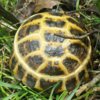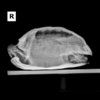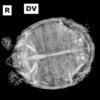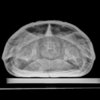Elnewman622
Member
I've been using coconut oil to moisture my Russian Torts shell I don't use it a lot just when I think it is needed. I was wondering is it really worth it? It makes some what of of a differnce but not much. is it worth it in the long run? I don't want to be using it when I won't be seeing a chage.
































